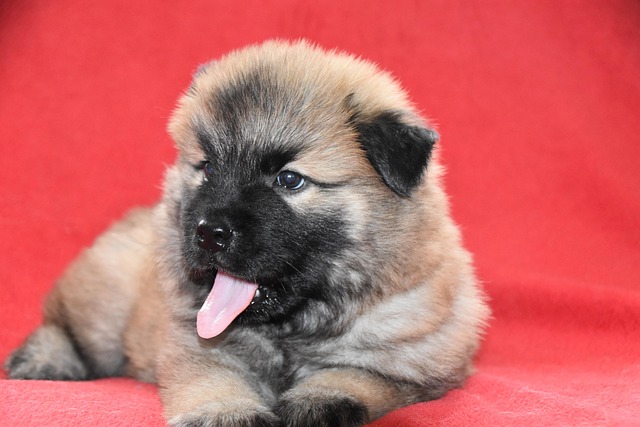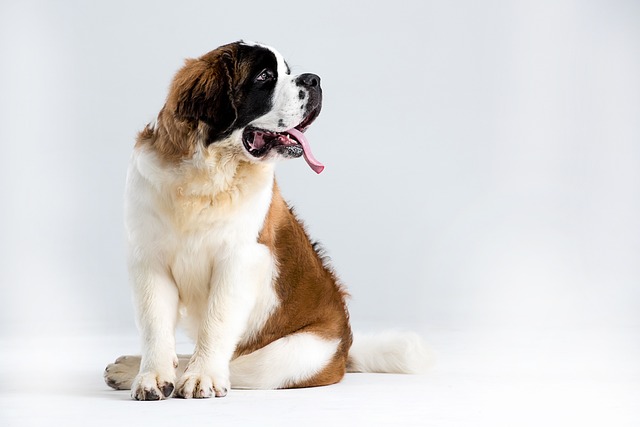
How to stop a dog from pulling on the leash
When we look forward to taking our dogs for a walk and enjoying a leisurely stroll, we are often disrupted by the behavior of our dogs pulling on the leash.
When we look forward to taking our dogs for a walk and enjoying a leisurely stroll, we are often disrupted by the behavior of our dogs pulling on the leash. They may rush forward excitedly, dragging us off balance; or suddenly change direction, catching us off guard. Looking at the dogs' tense bodies out of eagerness and their longing eyes, we feel both helpless and worried. We are helpless because every walk is like a "tug-of-war", and we are worried about the potential safety hazards caused by this behavior, such as the dog breaking free from the leash and getting lost, or getting injured during the pulling. Stopping the dog from pulling on the leash is not only to make the dog-walking process more relaxing but also to protect its safety and health. In this process, we need to use professional knowledge, pour in patience and love, and gradually guide the dog to develop good leash-walking habits.
There are many reasons behind the dog's behavior of pulling on the leash. By nature, dogs have a strong desire to explore. The outside world is full of temptation for them. The fresh smells, the unfamiliar environment, and other animals make them eager to rush over and explore. When the leash restricts their steps of free exploration, they will instinctively pull hard, trying to break free from the restraint. Just like a curious child who is held by an adult but yearns for the novel things in the distance and can't help but try to break free and run. Moreover, dogs have a clear sense of hierarchy in the group. If they always pull on the leash and walk ahead during the walk, they will subconsciously think that they are in a dominant position, which further reinforces their behavior of pulling on the leash. In addition, some dogs may have too much energy due to lack of exercise, and when they go out, they want to release their energy by running and pulling. Some dogs may be frightened or excited by certain things, such as seeing other dogs or hearing the honking of cars, and start pulling on the leash out of excitement.
To stop the dog from pulling on the leash, we should first establish the correct "leadership position". In daily life, let the dog understand that the owner is the "leader" through some details. For example, when entering the door, let the dog wait and allow it to enter the room after the owner. When feeding, the owner should prepare the food first and let the dog sit quietly and wait, and then allow it to eat after receiving the command. These seemingly simple behaviors can gradually make the dog realize the owner's dominant position in life. When walking the dog, also let the dog understand who is the "decision-maker". When the dog starts to pull on the leash, stop immediately, stand still, and don't pull against the dog or scold it. At this time, the dog will be confused by the sudden stop and will turn back to observe the owner's reaction. When the dog stops pulling, even for a short moment, give rewards in time, which can be gentle praise, petting, or a small piece of delicious snack. In this way, let the dog understand that only by stopping pulling and following the owner's pace can it get rewards and attention. After repeated training, the dog will gradually develop the habit of waiting for the owner's command and following the owner's pace.

Using the appropriate leash tool can also help stop the dog from pulling on the leash to a certain extent. There are many leash tools available on the market, such as harnesses, collars, P chains, etc. Different leash tools are suitable for dogs with different personalities and behavior characteristics. For dogs that like to pull on the leash, choosing a suitable harness can reduce the damage to their necks when they pull. Some harnesses are designed with special anti-pulling functions. When the dog pulls hard, the harness will adjust automatically, making the dog feel uncomfortable and thus reducing the pulling behavior. Collars need to be selected carefully according to the dog's size and personality. If used improperly, they may cause damage to the dog's neck. P chains can be effective in correcting the dog's pulling behavior, but the correct method and force need to be mastered when using them to avoid hurting the dog. When choosing a leash tool, not only should its functionality be considered, but also the dog's comfort, ensuring that it will not cause abrasion to the dog's skin and fur. When we choose a suitable leash tool for the dog and see it comfortable wearing it, we will be more confident in the training.
Gradual training is the key to stopping the dog from pulling on the leash. At the beginning of the training, choose a relatively quiet environment with less interference, such as a path with fewer pedestrians in the community or a secluded corner of the park. Put the leash on the dog and take it for a short walk. When the dog doesn't pull on the leash, give rewards and praise in time to reinforce its good performance. As the dog gradually adapts, slowly increase the walking time and distance, and introduce some simple commands, such as "go" and "stop". When giving the "go" command, guide the dog to follow your pace; when giving the "stop" command, require the dog to stop immediately. If the dog pulls on the leash during the training, stop moving forward immediately and continue only after the dog stops pulling according to the previous method. During the training, enough patience is needed, and don't lose confidence because of the dog's temporary non-cooperation. Every progress of the dog, even a small step, is worthy of our full affirmation and encouragement.
During the process of training the dog not to pull on the leash, we also need to pay attention to the dog's emotions and physical condition. If the dog suddenly becomes particularly fond of pulling on the leash one day, it may be because it is not feeling well or in a bad mood. At this time, stop the training, check if there are any abnormalities in the dog's body, and give it more care and company. When the dog is in an excited state, such as seeing other dogs or toys, it is likely to pull on the leash. We can divert its attention, such as attracting it with snacks or toys, and let it return to the normal leash-walking state. Watching the dog gradually learn to walk quietly on the leash under our patient guidance, we feel deeply gratified. Every successful walk is a testament to the tacit understanding between us and the dog, and also reflects our deep love and responsibility for it.
Stopping the dog from pulling on the leash is a journey that requires patience, skills, and love. From understanding the reasons for the dog's pulling to using scientific methods for training, every link embodies our care for the dog. One day, when we can take the dog for a walk easily and watch it quietly follow our pace under the restraint of the leash and enjoy the beautiful outdoor time, all our efforts and sacrifices will turn into full happiness and satisfaction. Because in our hearts, the dog's safety and happiness are worthy of our guiding it to develop good habits with professional knowledge and endless love and accompanying it through every wonderful walking time.

When we look forward to taking our dogs for a walk and enjoying a leisurely stroll, we are often disrupted by the behavior of our dogs pulling on the leash.

When that fluffy little life stumbles into your life, its innocent eyes and the soft touch can instantly melt your heart. However, the problem of the puppy defecating everywhere follows,

The daily habits of puppies, whether good or bad, are like marks engraved in life, deeply influencing their quality of life and the way they get along with their owners.

When we reach out our hands to embrace our cute dog at home, hoping to feel its soft fur and warm body temperature, we often overlook an important fact:

When a furry little life comes home, it should be full of joy, but puppies urinating and defecating at will at home has caused headaches for many owners.

Training a dog to develop the habit of going outside to defecate can not only make the home environment cleaner, but also cultivate its good living habits.